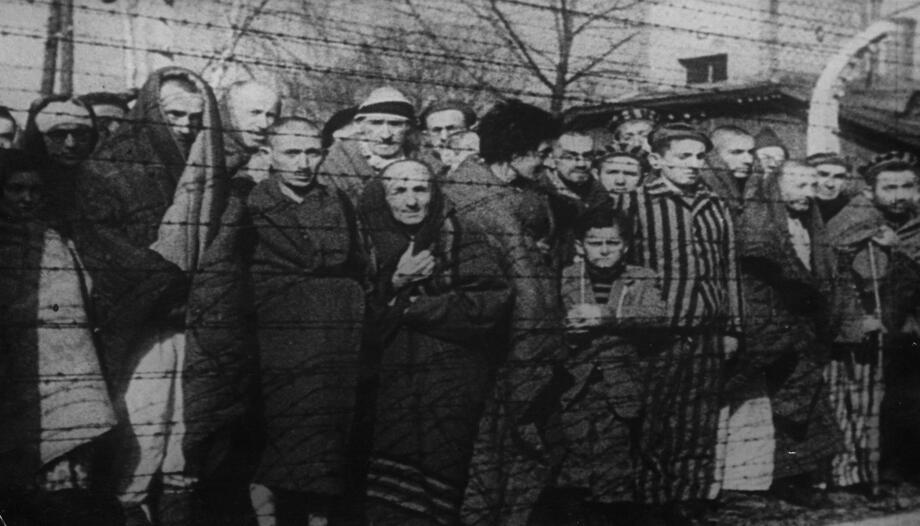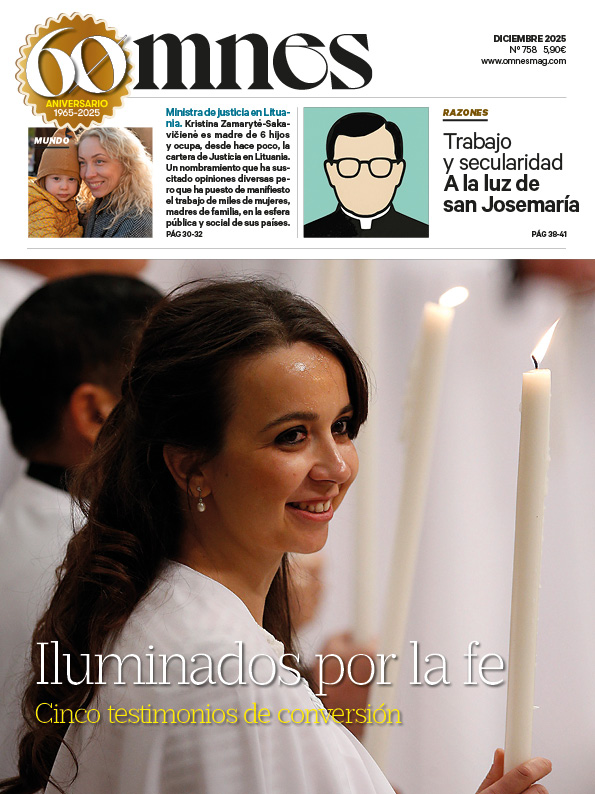Blessed Timothy Trojanowski was born in Sadlowo (Poland) in 1908, to a humble family, so he could hardly go to school and soon began to work. At the age of 22 he donned the Franciscan habit among the Conventuals of Niepokalanów, where he worked in the editorial office of 'The Knight of the Immaculate', in the distribution of Franciscan newspapers and in the infirmary.
In October 1941, he was arrested and deported to the extermination camp of Auschwitzwhere, in spite of the very harsh conditions, consoled and exhorted to trust in God to the prisoners, reports the Franciscan Directory. Due to the harsh prison conditions, he contracted pneumonia two months later and died on February 28, 1942. He is one of the martyrs of World War II beatified by St. John Paul II in 1999.
Japanese laity martyred
The Blessed Martyrs of Unzen are 16 Japanese lay people from the diocese of Funai, martyred in the sulphates of Mount Unzen in Nagasaki on February 28, 1627, and beatified in 2008 in a group of 188 martyrs, led by the samurai Paul Uchibori. Almost all had previously suffered imprisonment and torture. Some were descendants or relatives of martyrs, catechists who had hosted hidden missionaries, risking their lives. Pablo Uchibori died saying: "Praise be to the Blessed Sacrament".
Martyrs of Alexandria: they caught the plague
The holy martyrs of Alexandria are also called "martyrs of the plague". In the year 262, the plague ravaged the city of Alexandria and caused thousands of deaths. A large group of Christians, priests, deacons and lay people assisted the plague victims without hesitation, providing them with services in death and also afterwards, and they were infected and died martyrs. St. Dionysius, bishop of Alexandria, recounts this in a letter.
The French priest St. Auguste Chapdeleine, born in La Rochelle in 1914, joined the Paris Foreign Mission Society in 1851. The following year he embarked for the mission of Guangxi (China), where he arrived in February 1854, after preparing himself and overcoming many difficulties. He was imprisoned in China on false charges, and a mandarin had him locked in a small cage. Once dead, he was beheaded. The Church canonized him in the year 2000 (In leap years, his memory is celebrated on February 29).








